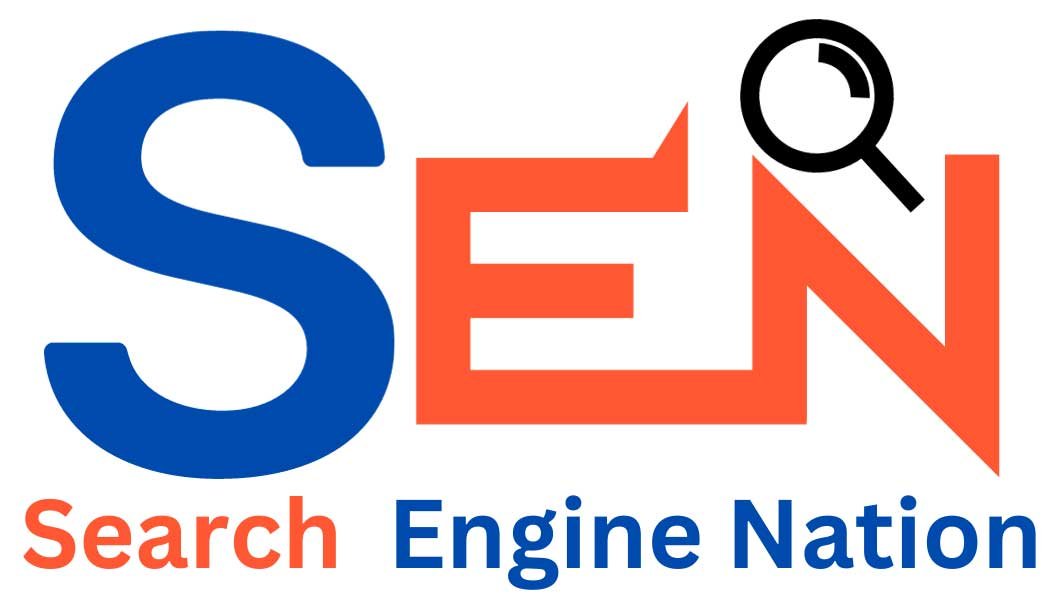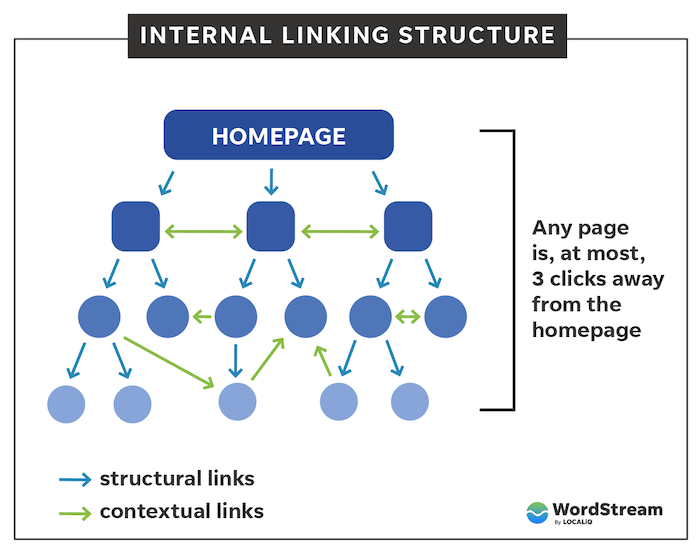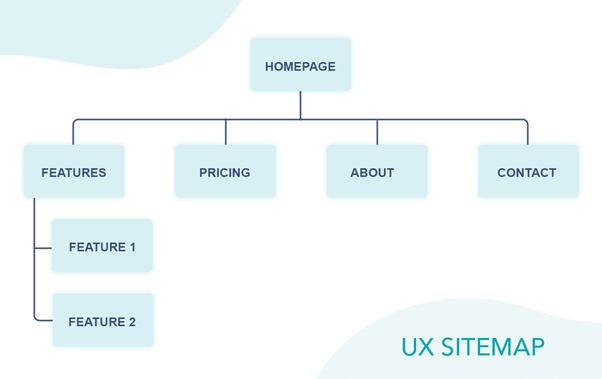7 Ways to Enhance Your Site Architecture for SEO…
Roshan Rajput2024-02-23T09:36:41+00:00Looking to boost your website’s SEO? Check out 7 Ways to Enhance Your Site Architecture for SEO and elevate your online presence.
7 Ways to Enhance Your Site Architecture for SEO…
Did you know that a well-structured site can increase user engagement by up to 50%? Effective site architecture is key to boosting your SEO and keeping visitors engaged. Let’s explore how to optimize your site structure for maximum SEO impact.
- Logical URL Structure
Optimize Your URL Structure. Logical and clean URLs are essential for both users and search engines to understand your site’s content.
- URLs should be straightforward and keyword-rich.
- Complicated URLs can confuse users and search engines.
- A well-structured URL improves crawlability and user experience.
- Simplified Navigation
Simplify Site Navigation. Intuitive navigation is crucial for a positive user experience and helps search engines index your site more effectively.
- Complex navigation can deter users and harm SEO.
- Streamlined menus and clear paths improve site usability.
- Easy navigation encourages longer site visits and deeper engagement.
- Effective Internal Linking
Strategic Internal Linking. A strong internal linking structure boosts SEO by spreading link equity and guiding visitors through your site.
- Internal links connect your content and enhance SEO.
- They guide users to relevant pages, increasing engagement.
- Proper internal linking encourages thorough site exploration.
- Enhancing Site Speed
Boost Site Speed. In the digital world, speed is everything. A fast-loading site retains users and is favored by search engines.
- Slow sites lead to high bounce rates and lost traffic.
- Optimizing for speed enhances user experience and SEO.
- Use compression and optimize images to improve load times.
- Mobile-Friendly Design
Ensure a Mobile-Friendly Design. With most web traffic coming from mobile devices, having a mobile- optimized site is non-negotiable for good SEO.
- Non-mobile-friendly sites lose significant traffic.
- Mobile optimization is crucial for SEO and user satisfaction.
- Responsive design ensures your site looks great on all devices.
- Utilizing Sitemaps
Implement a Sitemap. Sitemaps help search engines navigate your site and index your content, vital for improving your SEO.
- Sitemaps make it easier for search engines to crawl your site.
- They ensure all important pages are found and indexed.
- Regularly update your sitemap for new content visibility.
- Crawl Efficiency
Improve Crawl Efficiency. Make it easy for search engines to crawl and index your site by avoiding duplicate content and enhancing site structure.
- Efficient crawling leads to better indexing and ranking.
- Avoid unnecessary duplicate content to save crawl budget.
- Clear hierarchy and structure enhance search engine crawling.
Elevate your website’s SEO by refining its architecture. Implement these strategies for a more structured, SEO-friendly site. Share this with yuor friends..
















